A new study finds surprising evidence of the self-evolution of urban foxes.


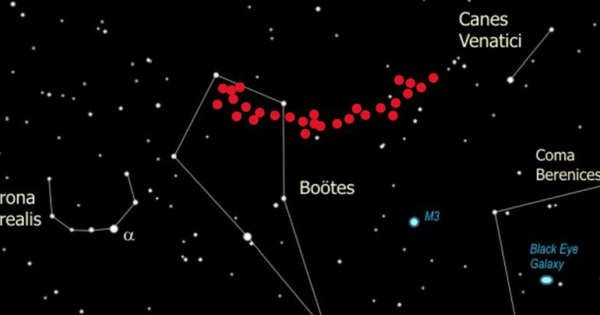
The Universe is a large place, and there are a lot of large things in it. Not just galaxies, but groupings of galaxies, and the cosmic web that connects them all together.
Scientists have just discovered what appears to be one of these groupings, and it could have serious implications for our understanding of the evolution of the Universe. It’s an almost-symmetrical arc of galaxies at a distance of 9.2 billion light-years away, and, at 3.3 billion light-years across, it’s one of the biggest structures ever identified.
Astronomers are calling it the Giant Arc, and, if confirmed, it joins a growing number of these giant structures. This number represents a dilly of a cosmological pickle.
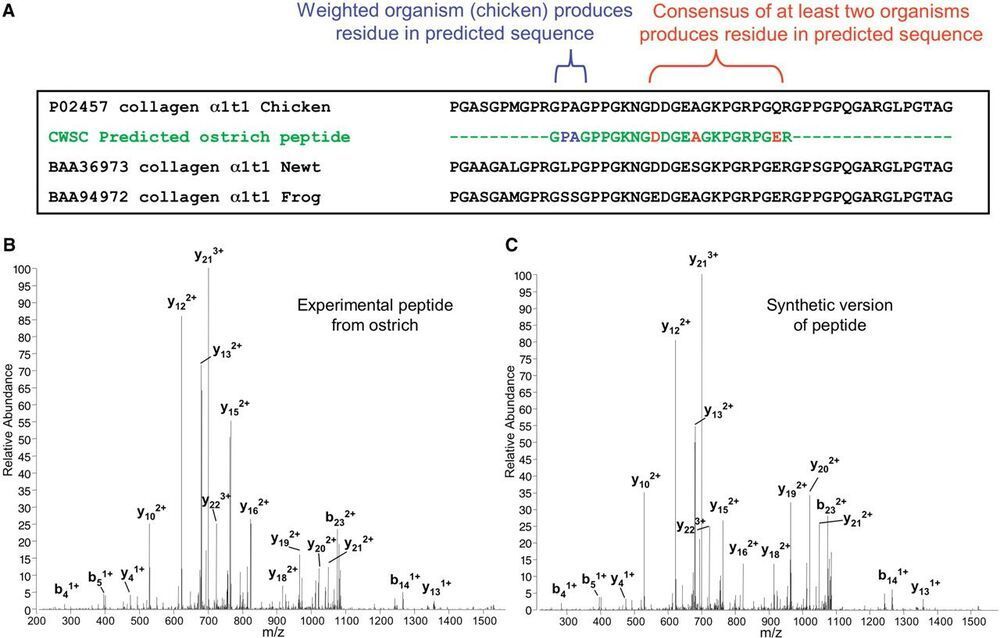
Fossilized bones from extinct taxa harbor the potential for obtaining protein or DNA sequences that could reveal evolutionary links to extant species. We used mass spectrometry to obtain protein sequences from bones of a 160000-to 600000-year-old extinct mastodon (Mammut americanum) and a 68-million-year-old dinosaur (Tyrannosaurus rex). The presence of T. rex sequences indicates that their peptide bonds were remarkably stable. Mass spectrometry can thus be used to determine unique sequences from ancient organisms from peptide fragmentation patterns, a valuable tool to study the evolution and adaptation of ancient taxa from which genomic sequences are unlikely to be obtained.
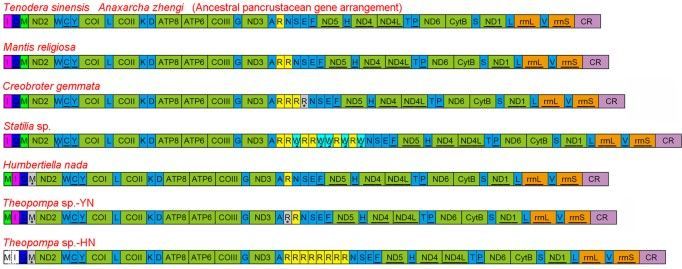
The metazoan mitochondrial genome (mitogenome) is an ideal model system for comparative and evolutionary genomic research. The typical mitogenome of metazoans encodes a conserved set of 37 genes for 13 protein-coding genes (PCGs), two ribosomal RNA (rRNA) genes, and 22 transfer RNA (tRNA) genes1, with genome-level characters, such as genome size, gene content, and gene order, display high diversity in some lineages2,3. Gene rearrangements are observed frequently in some groups, while gene duplication and loss are distributed sporadically in limited lineages such as Bivalvia, Cephalopod, and Afrobatrachia4,5,6. These remaining duplicate genes and pseudogenes represent important data for exploring the evolutionary history and mechanisms of gene rearrangement and recruitment. For the arrangement of mitochondrial genes, the variation in relative positions of PCGs and rRNA genes are more limited compared with that of tRNA genes across organisms within a phylum7. The tRNA genes with characteristics of diverse changes in relative position, gene content, and secondary structure, are considered as an important tool in studying the evolution of mitogenome, in particular to the rearrangement mechanism8,9,10. Additionally, its variation is usually linked to evolutionary relationships in a wide range of lineages at different taxonomic levels suggesting these features of tRNA could be utilized as useful phylogenetic markers11.
The extensive gene rearrangements (including PCGs and RNA) of insect mitogenomes have been detected in several lineages within the Diptera (Trichoceridae, Cecidomyiidae), Hemiptera (Enicocephalidae), Hymenoptera, Thysanoptera, Psocoptera and Phthiraptera12,13,14,15,16,17,18, while most of investigated mitogenomes share the same gene order with the hypothesized ancestral pancrustacean mitogenome arrangement19 or possess rare tRNA rearrangement. Previously reported dictyopteran mitogenomes consistently display the typical ancestral gene order and content, however only two species are praying mantises and the rest are cockroaches and termites. Members of the Mantodea, a separate lineage within the Dictyoptera, have evolved many unique morphological and behavioural features as the ambush and pursuit predators20,21,22. A better understanding of the diversity of mitogenome evolution in this enigmatic order underlines the need for exploring more taxa with the diverse praying mantis.
Herein, we report eight new mitogenomes from Mantodea and describe their general characteristics. Two new gene rearrangements and reassignment of tRNA genes are described, and evolutionary mechanisms for the gene rearrangements and duplication are discussed. Further, we examine the relationship between tRNA gene duplication and codon usage, and investigate whether these tRNA features vary with phylogeny.

Circa 2019
The evolution of micro and nanofabrication approaches significantly spurred the advancements of cardiac tissue engineering over the last decades. Engineering in the micro and nanoscale allows for the rebuilding of heart tissues using cardiomyocytes. The breakthrough of human induced pluripotent stem cells expanded this field rendering the development of human tissues from adult cells possible, thus avoiding the ethical issues of the usage of embryonic stem cells but also creating patient-specific human engineered tissues. In the case of the heart, the combination of cardiomyocytes derived from human induced pluripotent stem cells and micro/nano engineering devices gave rise to new therapeutic approaches of cardiac diseases. In this review, we survey the micro and nanofabrication methods used for cardiac tissue engineering, ranging from clean room-based patterning (such as photolithography and plasma etching) to electrospinning and additive manufacturing. Subsequently, we report on the main approaches of microfluidics for cardiac culture systems, the so-called “Heart on a Chip”, and we assess their efficacy for future development of cardiac disease modeling and drug screening platforms.

I’m so thrilled to present to you my debut work in documentary filmmaking! You can now watch my new film Consciousness: Evolution of the Mind in its entirety on major networks, such as Vimeo on demand, worldwide.
*Based on my recent book The Syntellect Hypothesis: Five Paradigms of the Mind’s Evolution. Enjoy!
Guys! I’m so thrilled to present to you my debut work in documentary filmmaking! You can now watch my new film Consciousness: Evolution of the Mind in its entirety on major networks, such as Vimeo on demand, worldwide.

At the heart of almost every sufficiently massive galaxy there is a black hole whose gravitational field, although very intense, affects only a small region around the center of the galaxy. Even though these objects are thousands of millions of times smaller than their host galaxies, our current view is that the Universe can be understood only if the evolution of galaxies is regulated by the activity of these black holes, because without them the observed properties of the galaxies cannot be explained.
Theoretical predictions suggest that as these black holes grow they generate sufficient energy to heat up and drive out the gas within galaxies to great distances. Observing and describing the mechanism by which this energy interacts with galaxies and modifies their evolution is therefore a basic question in present day Astrophysics.
With this aim in mind, a study led by Ignacio Martín Navarro, a researcher at the Instituto de Astrofísica de Canarias (IAC), has gone a step further and has tried to see whether the matter and energy emitted from around these black holes can alter the evolution, not only of the host galaxy, but also of the satellite galaxies around it, at even greater distances. To do this, the team has used the Sloan Digital Sky Survey, which allowed them to analyze the properties of the galaxies in thousands of groups and clusters. The conclusions of this study, started during Navarro’s stay at the Max Planck Institute for Astrophysics, are published today in Nature magazine.
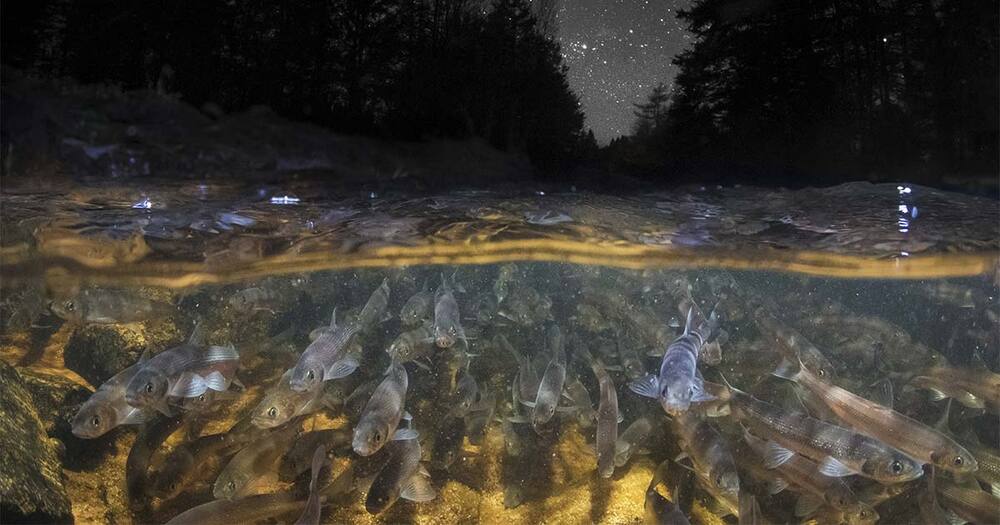
Laurie Graham, a molecular biologist at Queen’s University in Ontario and lead author on the paper, knows she’s making a bold claim in arguing for the direct transfer of a gene from one fish to another. That kind of horizontal DNA movement once wasn’t imagined to happen in any animals, let alone vertebrates. Still, the more she and her colleagues study the smelt, the clearer the evidence becomes.
Nor are the smelt unique. Recent studies of a range of animals — other fish, reptiles, birds and mammals — point to a similar conclusion: The lateral inheritance of DNA, once thought to be exclusive to microbes, occurs on branches throughout the tree of life.
Sarah Schaack, an evolutionary genomicist at Reed College in Portland, Oregon, believes these cases of horizontal transfer still have “a pretty big wow factor” even among scientists, “because the conventional wisdom for so long was that it was less likely or impossible in eukaryotes.” But the smelt discovery and other recent examples all point to horizontal transfers playing an influential role in evolution.
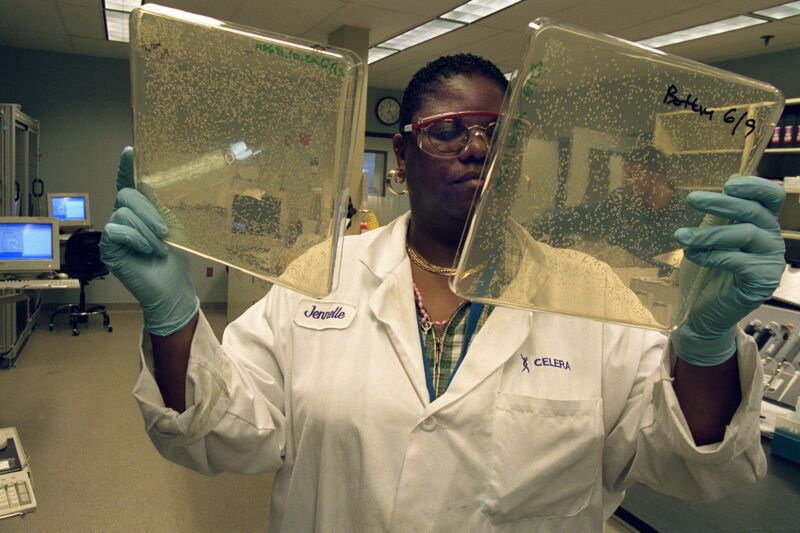
Many of the fundamental features of life don’t necessarily have to be the way they are. Chance plays a major role in evolution, and there are always alternate paths that were never explored, simply because whatever evolved previously happened to be good enough. One instance of this idea is the genetic code, which converts the information carried by our DNA into the specific sequence of amino acids that form proteins. There are scores of potential amino acids, many of which can form spontaneously, but most life uses a genetic code that relies on just 20 of them.
Over the past couple of decades, scientists have shown that it doesn’t have to be that way. If you supply bacteria with the right enzyme and an alternative amino acid, they can use it. But bacteria won’t use the enzyme and amino acid very efficiently, as all the existing genetic code slots are already in use.
In a new work, researchers have managed to edit bacteria’s genetic code to free up a few new slots. They then filled those slots with unnatural amino acids, allowing the bacteria to produce proteins that would never be found in nature. One side effect of the reprogramming? No viruses could replicate in the modified bacteria.